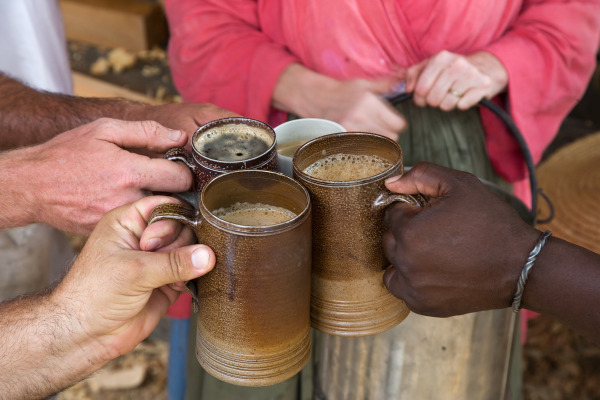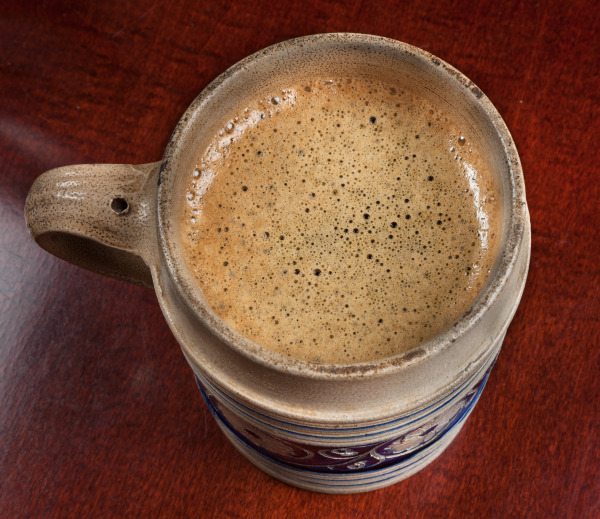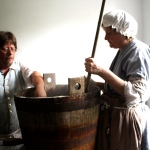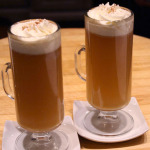
Fall is synonymous with all things pumpkin—from cookies and cakes to coffee and even beer. But using pumpkin in brews isn’t exactly unique to the modern era. It actually dates back several centuries.
Last month, the Library of Congress posted a blog about early American beer, noting the practice of using pumpkin is “as old as the United States itself.” A particular home brew in colonial New England used dried pumpkin and was flavored with rum, and our own historians say Virginian Landon Carter made a drink with fermented pumpkin in the 18th century, calling it pumperkin.
Yet, as Alison Kelly notes, it’s unlikely the pumpkin beer of the 18th century is similar in taste to its modern counterpart. Pumpkin is used now as a flavoring in the beer, while it was used in the 18th century as a fermentable sugar. “Pumpkin ale of the colonial era, as a result, was said to have a noticeable ‘tang’ unless aged for a few years,” beer historian Gregg Smith says.
 Colonists also used spruce, ground ivy, ginger, persimmons, and molasses as substitutes for more traditional European ingredients. As we learned last week, alcoholic beverages were plentiful in the 18th century, with colonists, including children, drinking beer throughout the day. Beer was thought to be nutritious and water deemed unsafe for consumption.
Colonists also used spruce, ground ivy, ginger, persimmons, and molasses as substitutes for more traditional European ingredients. As we learned last week, alcoholic beverages were plentiful in the 18th century, with colonists, including children, drinking beer throughout the day. Beer was thought to be nutritious and water deemed unsafe for consumption.
I don’t know about you, but I like a little variety. Some colonists may have used different flavors and sugar substitutes in order to have different options. Others may have found their own magic brew and stuck to it.
AleWerks in Williamsburg brews two beers for the taverns of Colonial Williamsburg—Old Stitch and Dear Old Mum. Both are available in the Revolutionary City for a taste of the 18th century.




Leave a Reply